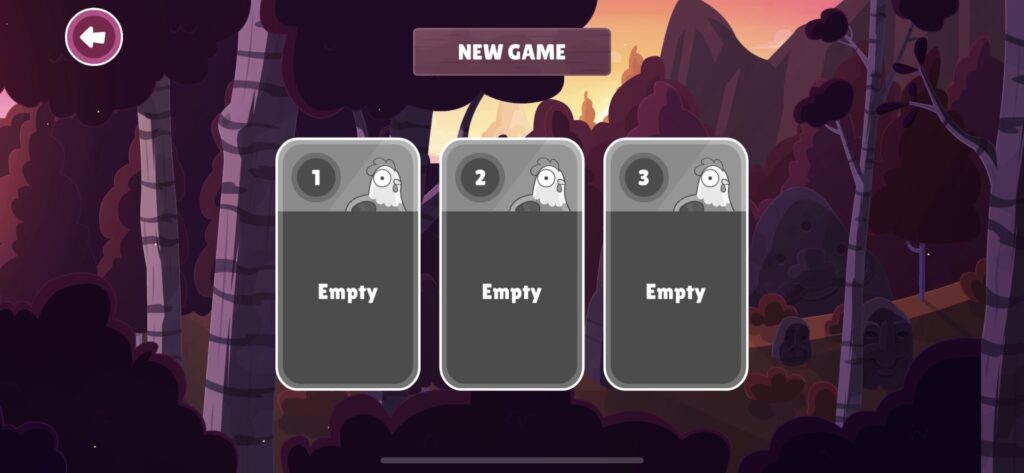Character design is a vital component of video game development, involving meticulous planning and stages from sketching to integration. The planning stage includes developing the concept of the character’s appearance, personality, and backstory, while sketching allows designers to experiment with different poses, angles, and expressions. Concept art is a more detailed version of sketches and is followed by modeling, rigging, and animation. Integration brings all the elements of the character together into the game, ensuring it fits seamlessly into the game’s environment. A team of designers and artists work together to create unique characters that provide players with a unique experience.
Introduction:
Video games are a multi-billion dollar industry, and character design is a crucial aspect of this industry. Designers go through a meticulous process to bring the characters to life in a game. The process of character design starts from a simple sketch and goes through several stages until it reaches the screen. This article explores the process of character design in video games, from sketch to screen.
Planning Stage:
The planning stage is the first step in character design. It involves the development of the concept of the character, which includes its appearance, backstory, and personality. The designers work with game developers and art directors to establish the character’s role in the game and the narrative arc. This helps them to create a design that fits seamlessly with the game’s story.
Sketching:
After the concept development, the designers start working on the sketch. They produce various sketches of the character, experimenting with different poses, angles, and expressions. The purpose of this stage is to brainstorm ideas and to develop a general idea of the character’s look. Sketching also helps the designers to communicate their ideas with other team members, such as animators and modelers. The sketches are usually created using digital tools, such as tablets or drawing software.
Concept Art:
Concept art is a further development of the sketches. In this stage, designers create more detailed drawings of the character. The drawings illustrate the character from different angles, including front, side, and back views. The purpose of concept art is to refine the details and to establish the character’s features, such as clothing, weapons, and accessories. This stage is crucial in character design as it helps to finalize the character’s design before creating the 3D model.
Modeling:
After the concept art stage, the designers use 3D modeling software to create the character’s virtual model. The software allows the designers to sculpt the character’s form and add in details such as clothing and accessories. Designers use the information from the previous stages to create a virtual model that accurately represents the character’s design. The modeling stage is where the character takes on a life of its own.
Rigging:
Rigging is the process of adding a skeleton to the virtual model. The skeleton allows the designer to animate the character, bringing it to life in the game. The rigging process involves adding joints and bones to the model, which the animator can manipulate to create movement. The rigging stage is vital for the success of the character’s movements in the game.
Animation:
In this stage, the animator brings the character to life by creating movements and expressions. The animator uses the virtual model and the rigging to create a range of movements and expressions, such as walking, jumping, and talking. The animator also adds facial expressions to give the character more depth and personality. The animation stage is a time-consuming process, but it is essential for bringing the character to life.
Integration:
Integration involves bringing together all the elements of the character into the game. The character needs to fit seamlessly into the game’s environment, and it should have the right lighting and textures. Integration involves meshing the character with the game’s code and physics engine. It is a crucial stage in character design as it brings everything together and ensures the game works as intended.
Conclusion:
In conclusion, character design is a crucial aspect of video game development. The process starts with planning and sketching and goes through several stages until it reaches the screen. It requires a team of designers and artists to work together to create a character that fits seamlessly into the game’s environment. The process is time-consuming, but the end result is a character that provides players with a unique experience in the game. The process of character design is an essential component of the success of video games, and it is something that gamers appreciate and admire.
